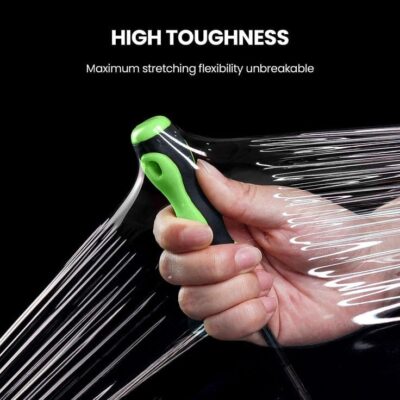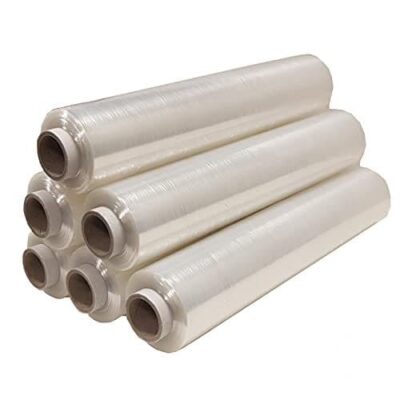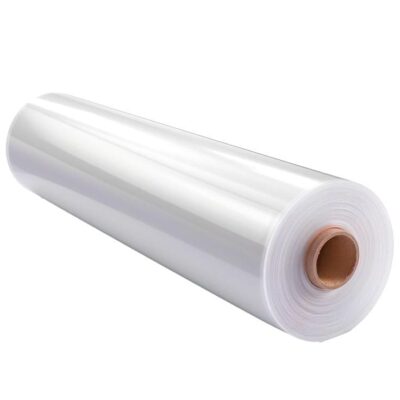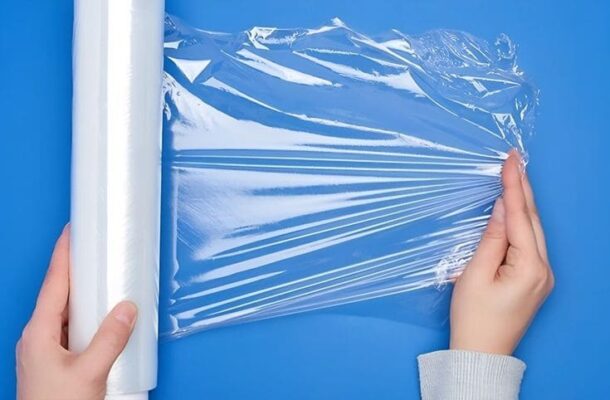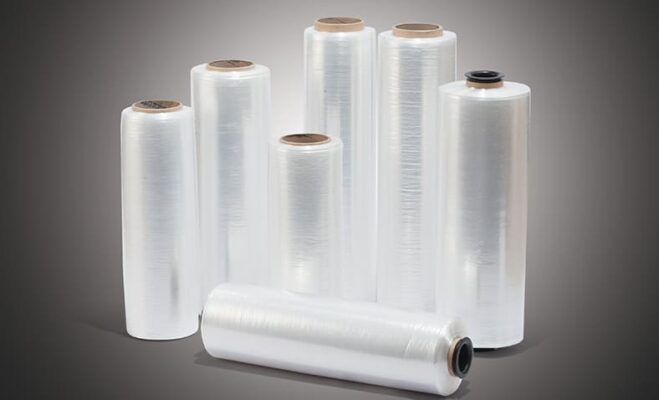Myths vs. Facts About Industrial Stretch Film
Introduction
Pallet security, packaging goods and safety of transportation items all depend on industrial stretch film wrapping. Although stretch films are used widely, there are some misunderstandings regarding them that cause ineffective use, pointless expenses, and environmental problems.
We will clear common misconceptions, present evidence-based facts, and examine best practices to guarantee appropriate use on this blog. We will also take into account how ecologically friendly options such as ventilated stretch film could decrease impact while yet preserving packing efficiency.
Debunking Common Myths
Myth 1: Thicker Stretch Film is Always Stronger
The first fallacy is that stronger stretch film always comes from thicker thickness.
Many think by itself bigger stretch films offer better load security.
Fact: The material composition and stretchability of the film define strength more so than thickness. Though thinner than thicker, lower-quality films, high-performance films provide better puncture resistance and load confinement.
Myth 2: Hand Wrapping is More Cost-Effective Than Machine Wrapping
Often considered as a waste of money as contrasted to hand wrapping is the stretch film wrapping machine.
Fact: Machine wrapping increases efficiency, lowers film waste, and gives uniform tension. Long-term cost-effective alternatives for companies using machine wrapping typically discover reduced film usage and personnel costs.
Myth 3: All Stretch Films Work for Any Application
From any stretch film, any type of load is controllable.
Fact: Different load forms call for different films:
- Perfect for homogeneous pallets using consistent forms is standard stretch film.
- Perfect for perishable products like frozen groceries or fresh vegetables needing air flow, ventilated stretch film
- Perfect for big or irregular loads, high-performance stretch film makes less materials need to provide more strength.
Myth 4: Stretch Film is Not Recyclable
Many consider stretch film to be adding to plastic waste as it cannot be recycled.
Fact: 100% of most polyline stretch films are recyclable. Dealing with conscientious stretch film producers who provide ecologically friendly films and appropriate recycling methods will help to significantly lower environmental impact.
Proper Use of Stretch Films
Applied correctly offers safety, load stability, and cost economy. Use these outstanding approaches:
1. Choose the Right Film for Your Load
- Excellent performance comes from heavy-duty flicks.
- Select vented stretch film for products sensitive to temperature.
- Choose pre-stretched films to lighten workload.
2. Invest in a Stretch Film Wrapping Machine
- By way of automation of the wrapping process, using a Stretch Film Wrapping Machine helps to reduce film waste, offers consistent application, and boosts output.
- Although load security is maintained, superior tension control from machine wrapping aids to cut film use.
3. Store Stretch Films Properly
- Keep films away from high heat and brilliant sunlight to stop material degradation.
- If you wish to use and form, store rolls vertically.
4. Use the Right Wrapping Technique
- While hand wrapping, keep constant strain to avoid weak areas.
- Make sure overlapping layers help to better control loads.
Environmental Considerations
Sustainable Packaging Practice
- Develop ecologically friendly packaging by working with stretch film producers providing recyclable or biodegradable choices.
- Vented stretch sheets help to lower plastic waste by cutting unnecessary material use.
Recycling and Waste Reduction
- Create a film-recycling scheme to gather and treat discarded wraps.
- Choose pre-stretched films; they have the same strength but use less material.
Key Takeaways
Usually, stronger does not follow from thicker. Though thinner, high-performance stretch films provide higher durability.
Low cost investments in machine wrapping save time and help to cut waste.
Using the correct material for the correct use makes a difference; think of breathable packaging made from vented stretch film.
Stretch film is recyclable; collaborating with ethical producers helps ecology to advance.
Following best practices and refuting common misconceptions will help companies to improve load security, lower costs, and enhance industrial packaging sustainability.

 Tiếng Việt
Tiếng Việt 中文 (中国)
中文 (中国) 日本語
日本語 한국어
한국어